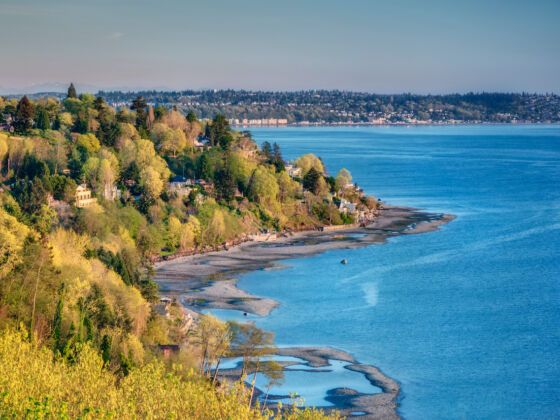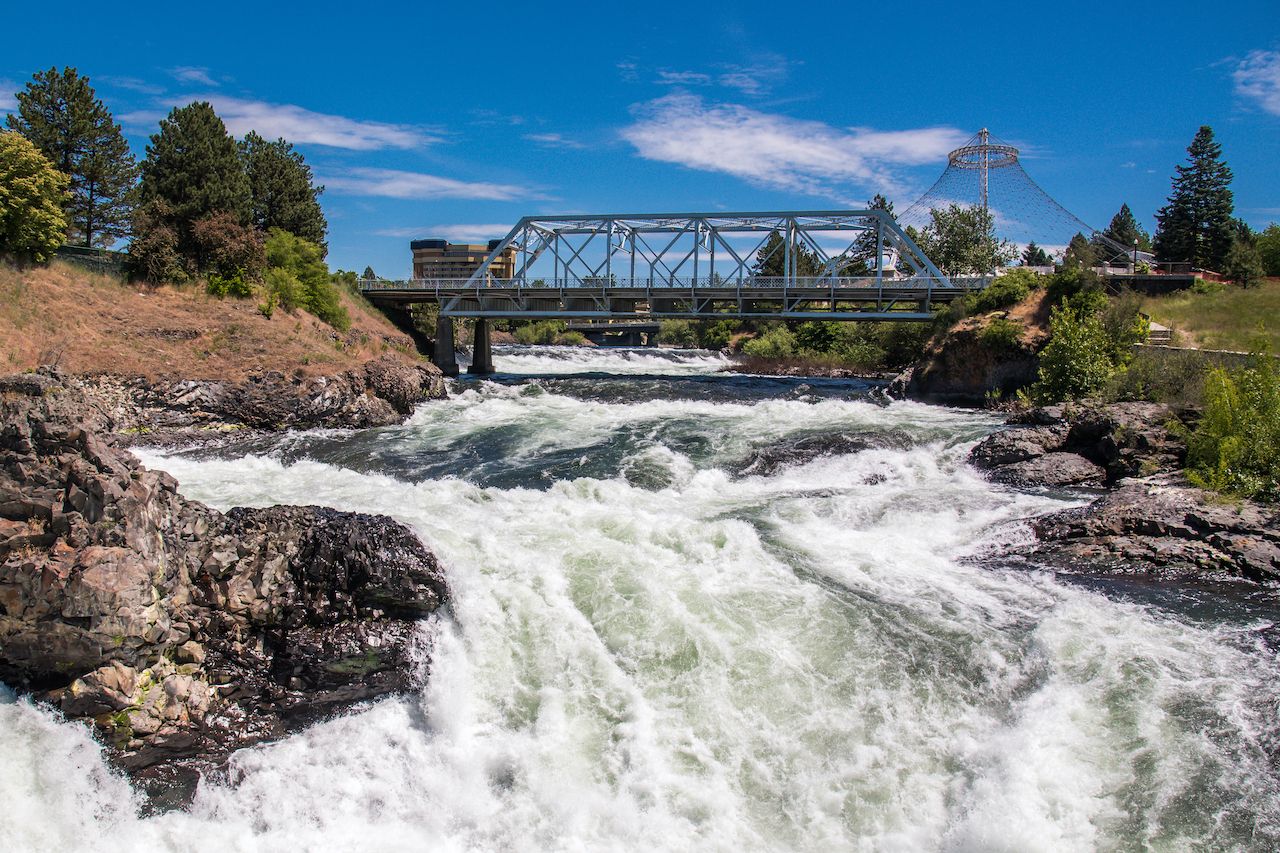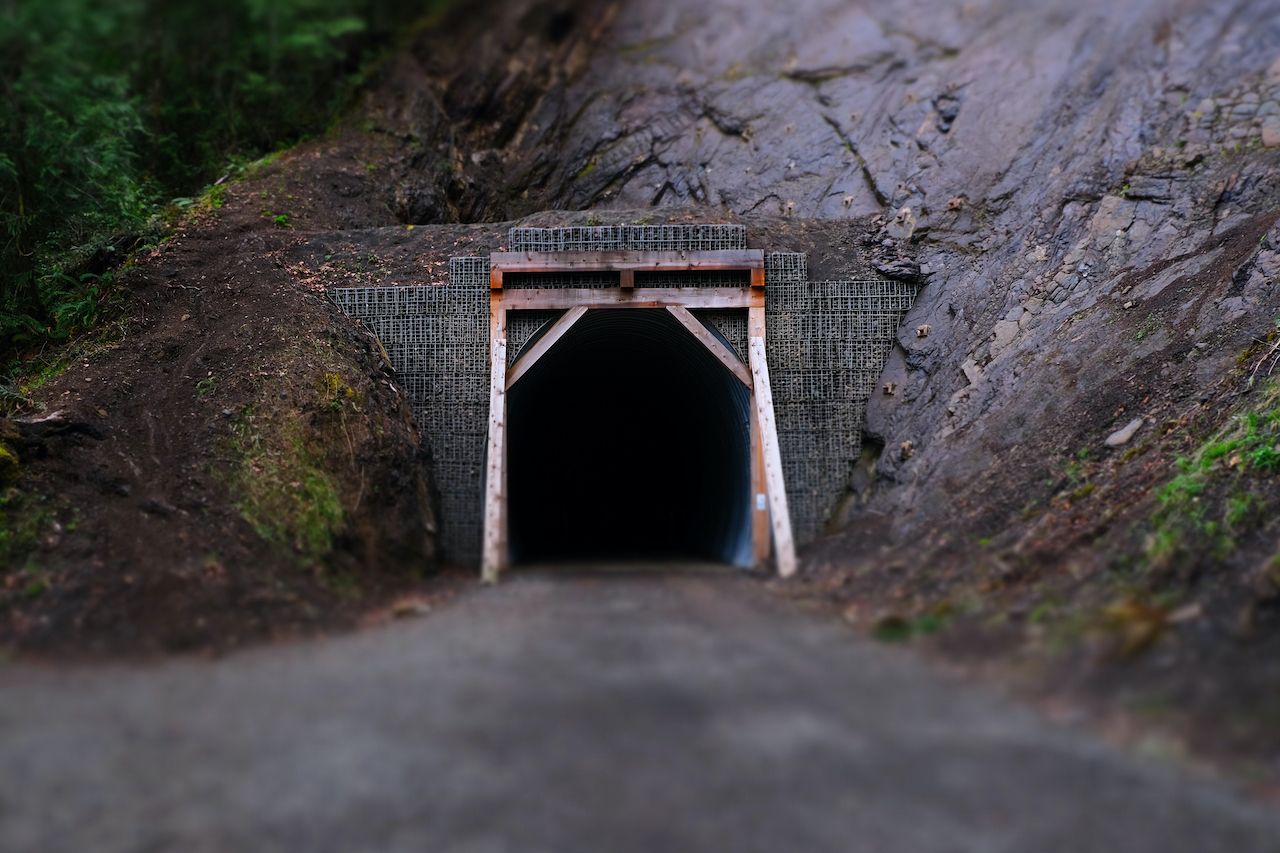Lush forests, glacier-clad Cascade Mountain peaks, and saltwater shorelines are hallmarks of Washington State. Thankfully, you don’t need to travel far to enjoy these natural wonders. Anyone can experience the Evergreen State’s abundant beauty via urban trails that include everything from city center waterfront walks to true mountain treks.
Located in or near the city, urban trails are defined by ease of access. Most are family and dog-friendly, with trailhead amenities and year-round hikeability. As with any hike, it’s a good idea to fuel up properly, bring plenty of water and snacks, and come with the right gear. But rest assured — you’ll never be far from the city on these adventures in the nearby nature.
Here are six diverse urban trails spread across the state. Mileage ranges are given, but since most of these trail networks are extensive, your mileage may vary.






